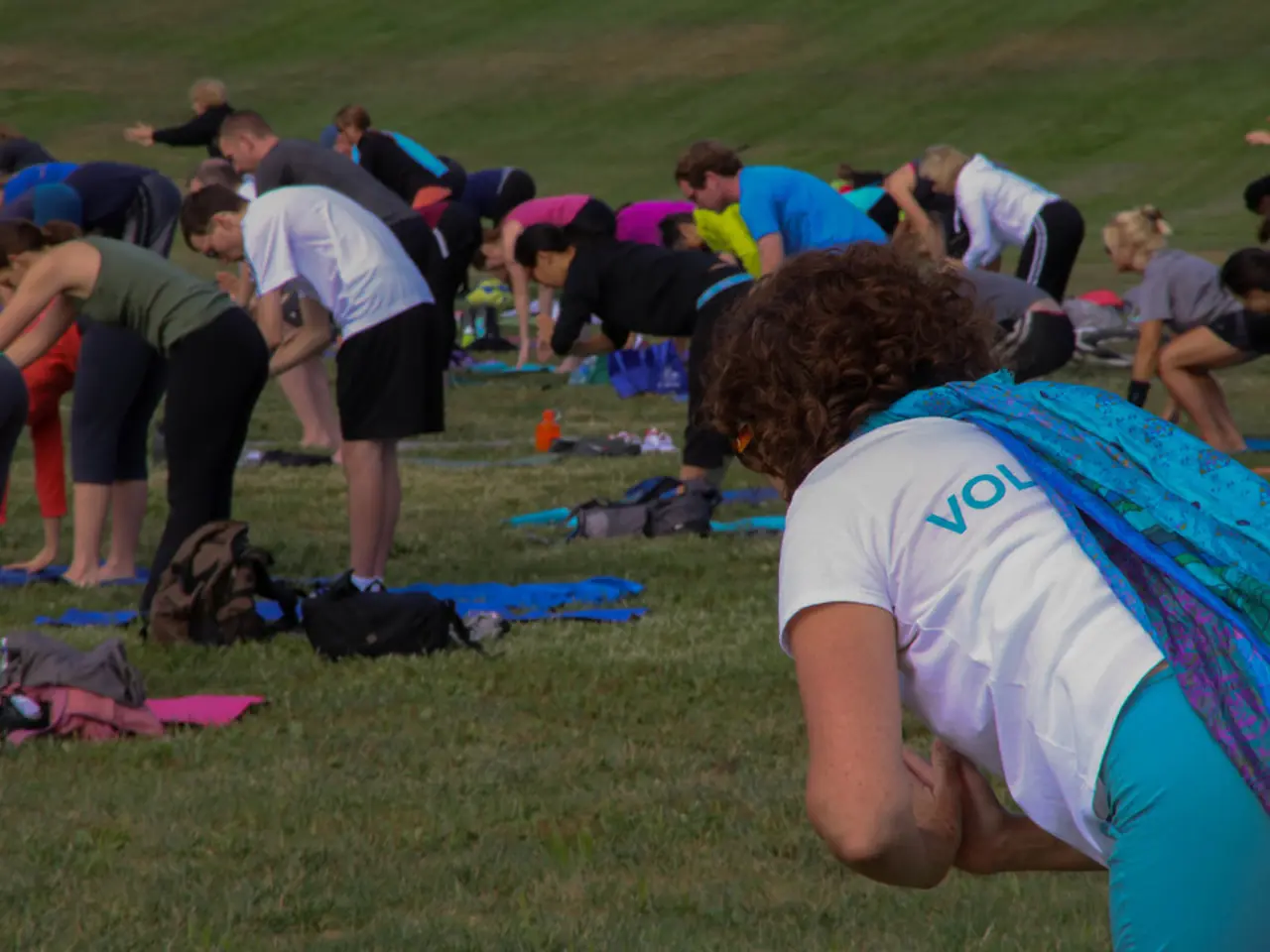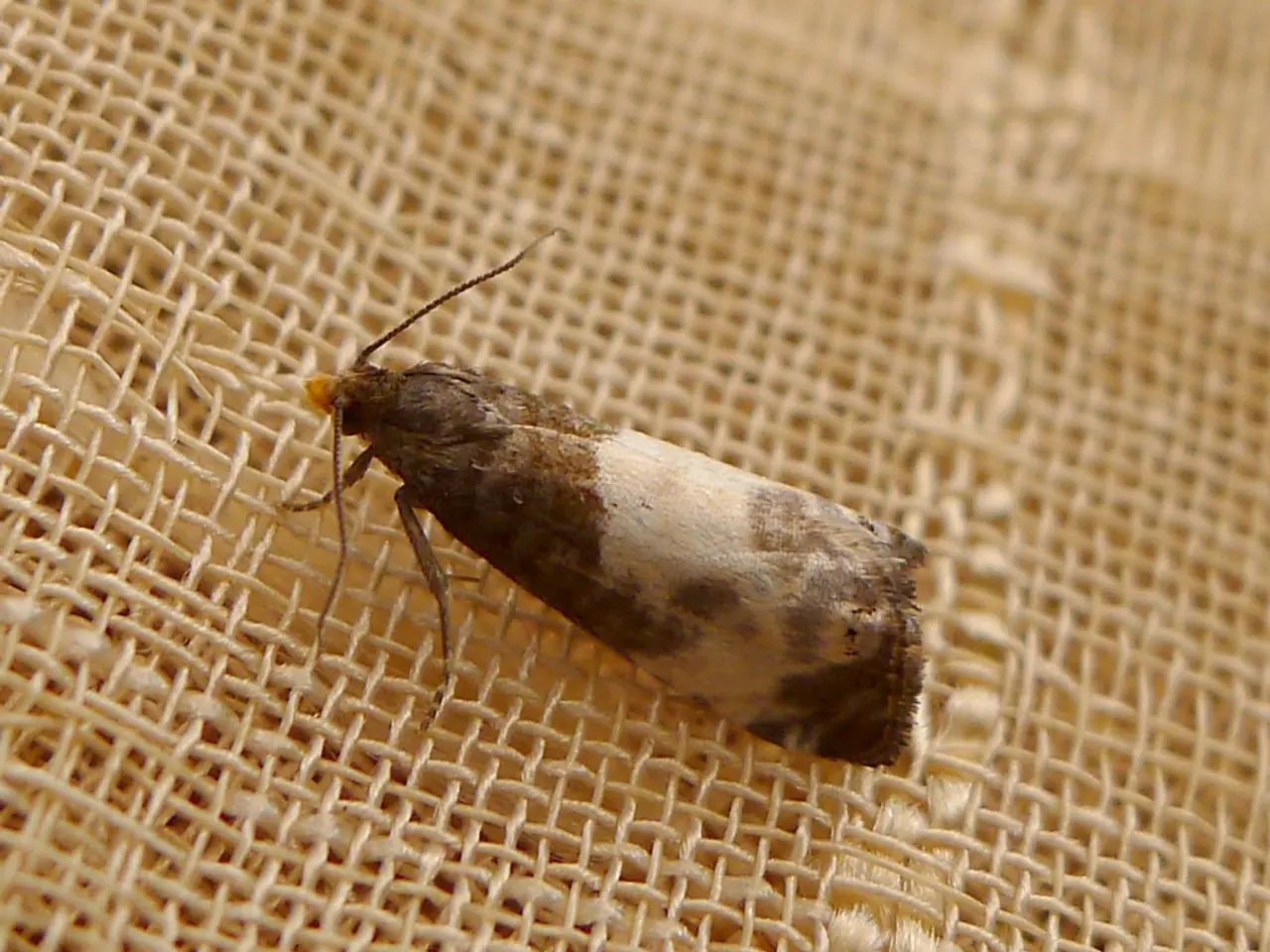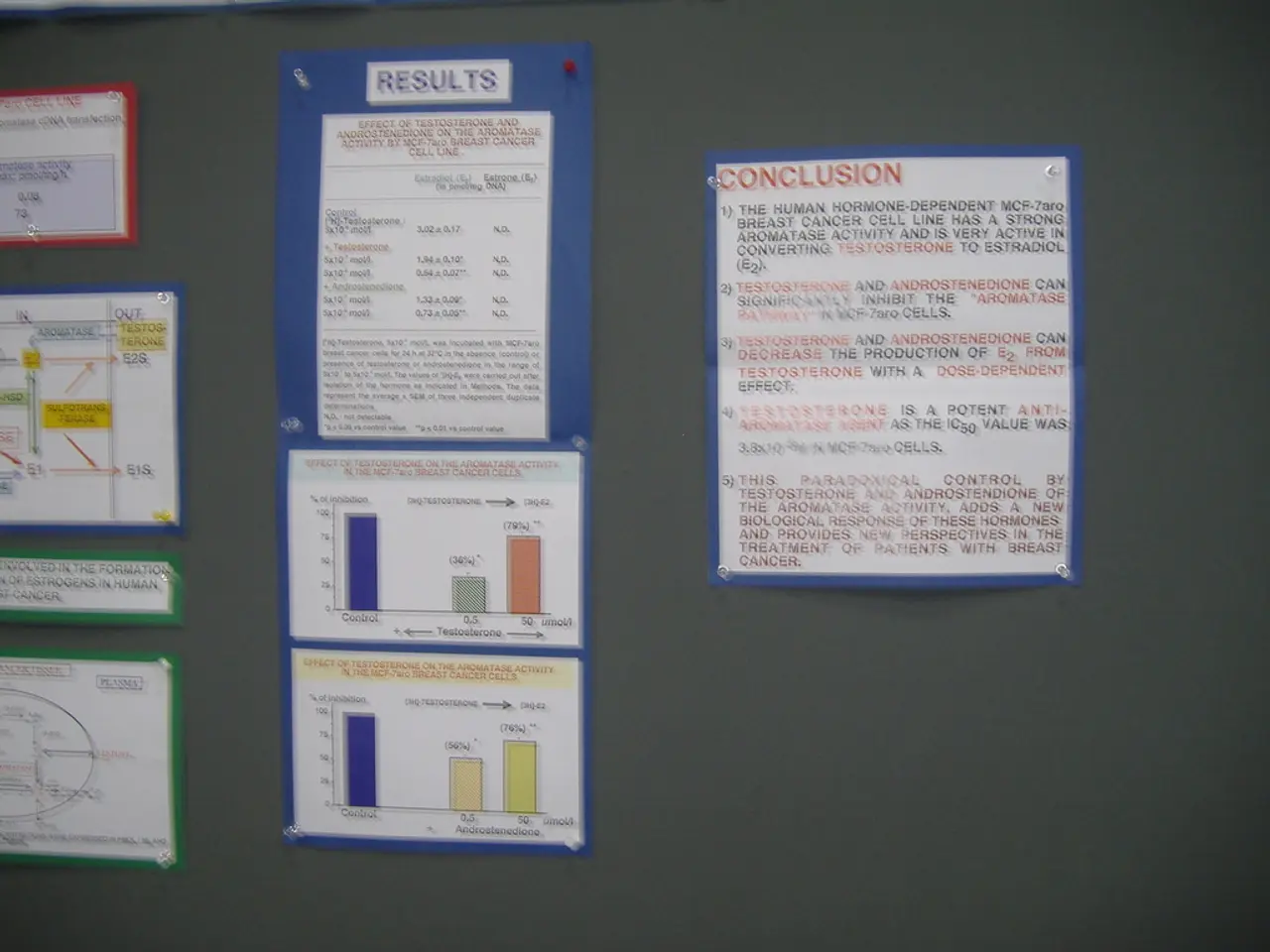Debunking the Common Misconceptions Regarding Sports by Researchers
In a groundbreaking study published in the *European Journal of Epidemiology*, Finnish researchers from the University of Jyväskylä have shed new light on the relationship between physical activity, lifespan, and biological aging[1][3]. The study, which spanned decades and analysed data from 22,750 twins born before 1958, challenges the assumption that more physical activity invariably extends life and may even suggest a complex, potentially U-shaped effect on biological aging[1][3].
The participants were divided into four groups based on their physical activity levels: sedentary, low activity, moderate activity, and very active. The study tracked mortality rates until 2020.
Contrary to popular belief, the research found that meeting or exceeding the World Health Organization’s physical activity guidelines did not reliably lower mortality risk or alter genetic disease risk, even when tracked over a 15-year period[1]. The widely reported benefits of physical activity on longevity are primarily based on observational studies, which are susceptible to confounding factors. After adjusting for these biases—especially smoking and alcohol consumption—the mortality benefit of physical activity was substantially reduced[1][3].
While more active individuals did experience about a 20% lower mortality risk than sedentary peers, this advantage shrank to just 7% after accounting for other lifestyle factors[3]. The benefit was also stronger over shorter (10-year) periods than over longer spans. Furthermore, moderate activity was sufficient for mortality reduction; there was no additional benefit from higher activity levels, and a slight decline was observed at very high intensities[3].
Researchers used epigenetic clocks to estimate biological aging from blood samples. The study found that biological aging was accelerated not only in the least active but also in the most active individuals, resulting in a U-shaped curve when plotted against physical activity levels[1][3]. This suggests that both sedentary lifestyles and very high levels of activity might be linked to accelerated biological aging.
The favourable associations between moderate physical activity and slower biological aging were largely explained by other lifestyle factors, especially smoking and alcohol use[1][3]. The findings support the idea that moderate physical activity is optimal for healthy aging, with no clear additional benefit—and possible risk—at very high levels[1][3].
The study underscores that lifestyle choices, such as avoiding smoking and excessive alcohol, may have a greater impact on longevity and biological aging than physical activity alone[1][3]. Genetic predisposition also plays a role in disease risk and aging, which cannot be fully offset by physical activity[1].
In conclusion, increased physical activity does not always lead to a longer lifespan, and there is evidence that very high activity levels might even accelerate biological aging compared to moderate activity[1][3]. The association is complex and moderated by genetics, lifestyle, and possibly the intensity and duration of activity itself. Moderate physical activity, combined with healthy lifestyle choices, appears to be the most beneficial approach for both lifespan and biological aging[1][3].
For those interested in supporting the research, the bank details for donations to "Charter-97.org" are as follows: Bank Name, Address, IBAN, SWIFT, Account Owner's Name, Payment Purpose (provided in the text). Charter-97.org can also be followed on various social media platforms: Facebook, YouTube, X.com, vkontakte, ok.ru, Instagram, RSS, Telegram.
[1] Terho, T., et al. (2022). Physical activity, biological aging, and mortality: A twin study. European Journal of Epidemiology. [3] Terho, T., et al. (2022). Physical activity, biological aging, and mortality: A twin study. PLOS Medicine.
Science suggests that while moderate physical activity might offer a 20% lower mortality risk compared to sedentary lifestyles, the benefit is reduced when other lifestyle factors are accounted for [1][3]. On the contrary, health-and-wellness experts often promote fitness-and-exercise as a key factor for longer lifespans and slower biological aging [1][3]. However, this European Journal of Epidemiology study reveals a complex, potentially U-shaped relationship between physical activity levels and biological aging [1][3].




